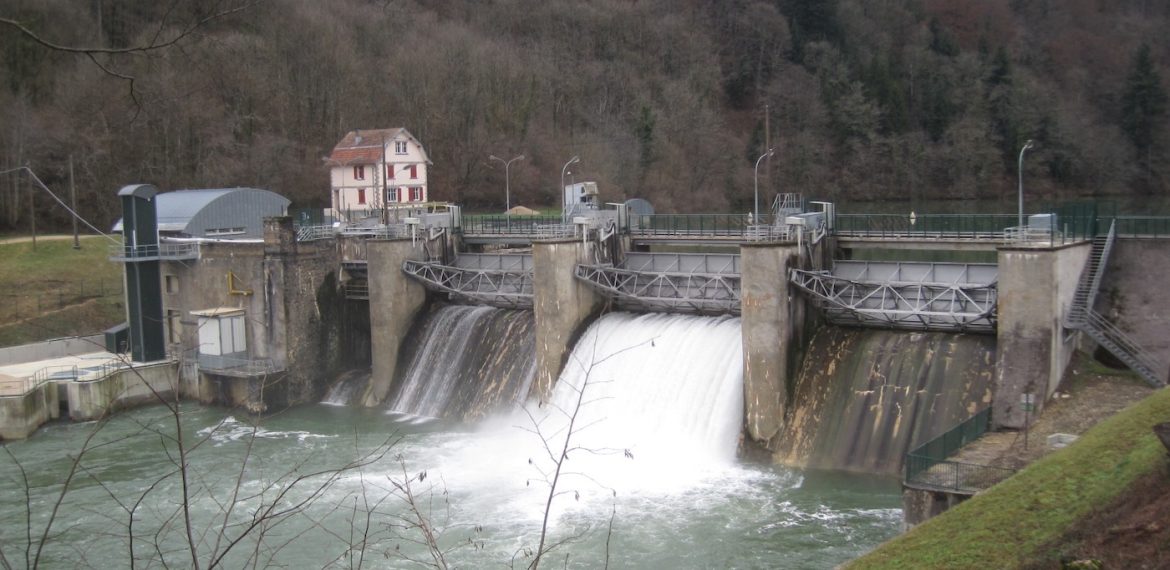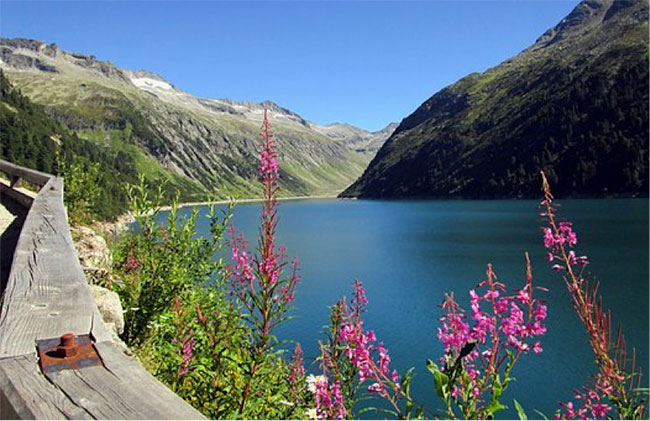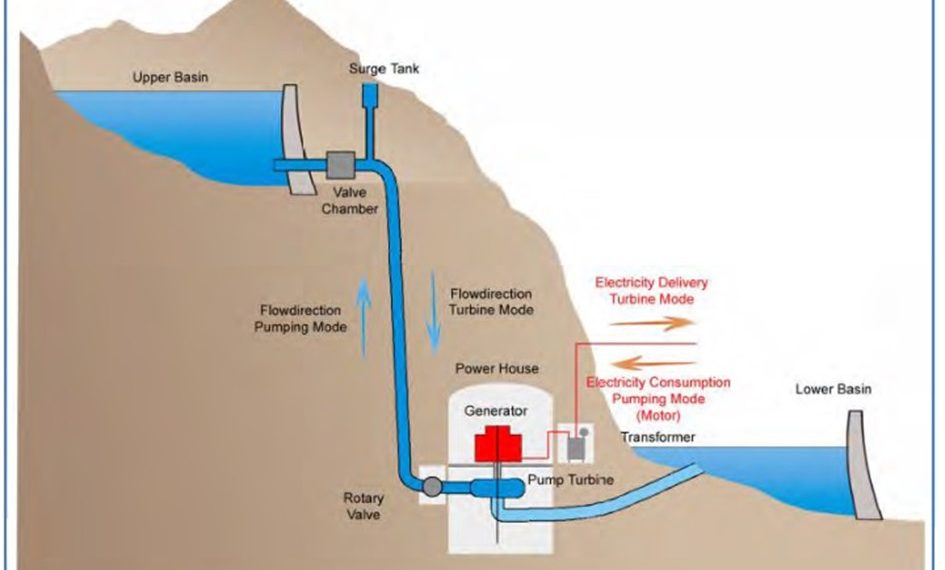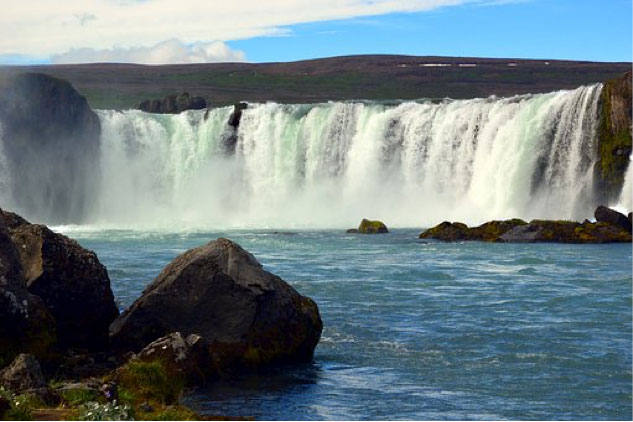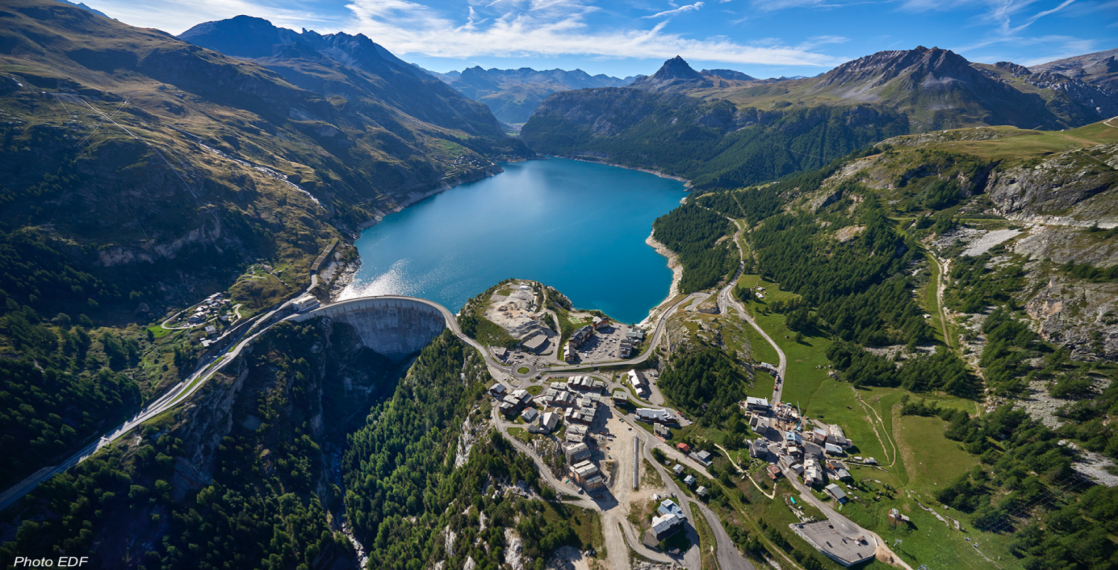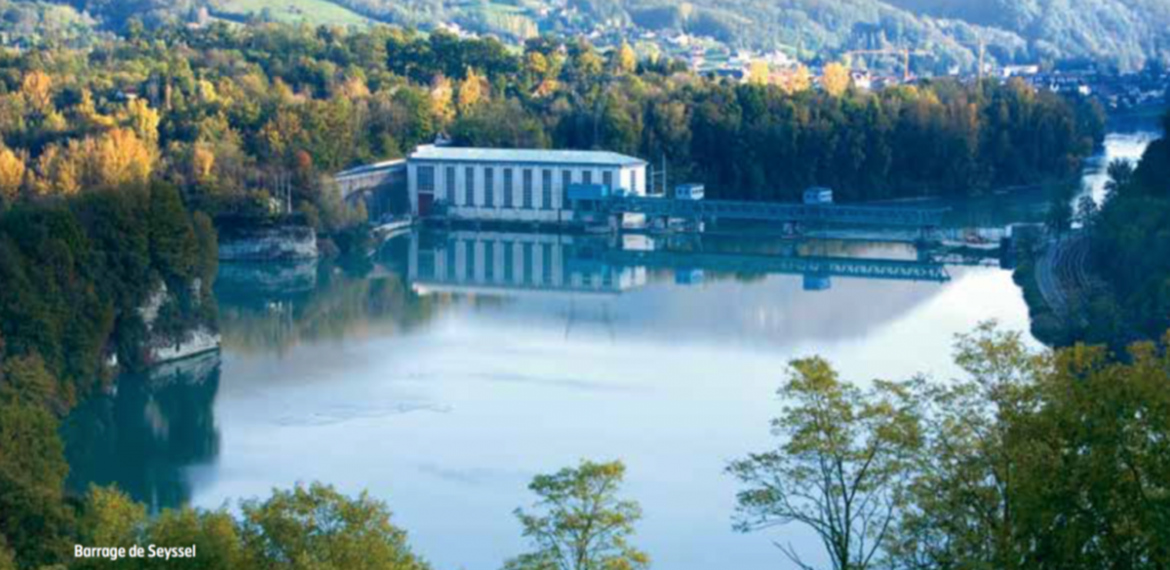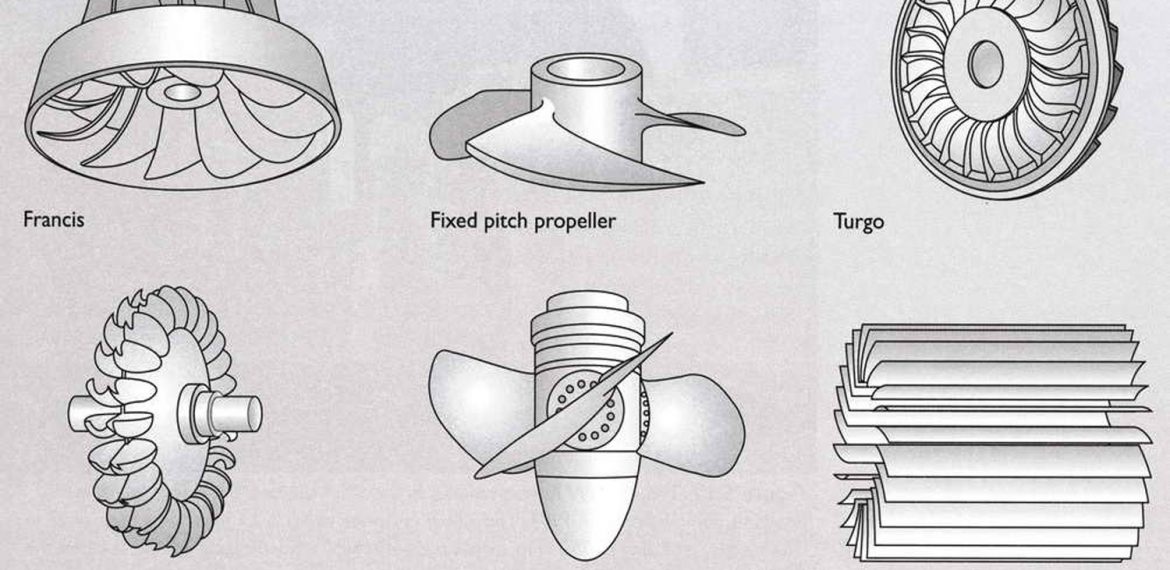With 15% of world electricity production, hydropower remains the most important renewable source of electricity. Between very small and very large hydro, of the “three gorges” type in China, this sector is made up of installations ranging from the run-of-river to the reservoir dam or to the pumped energy transfer station (STEP). Its deposits are still considerable in Africa, Asia and Latin America. The rehabilitation of old facilities wins in Europe.

